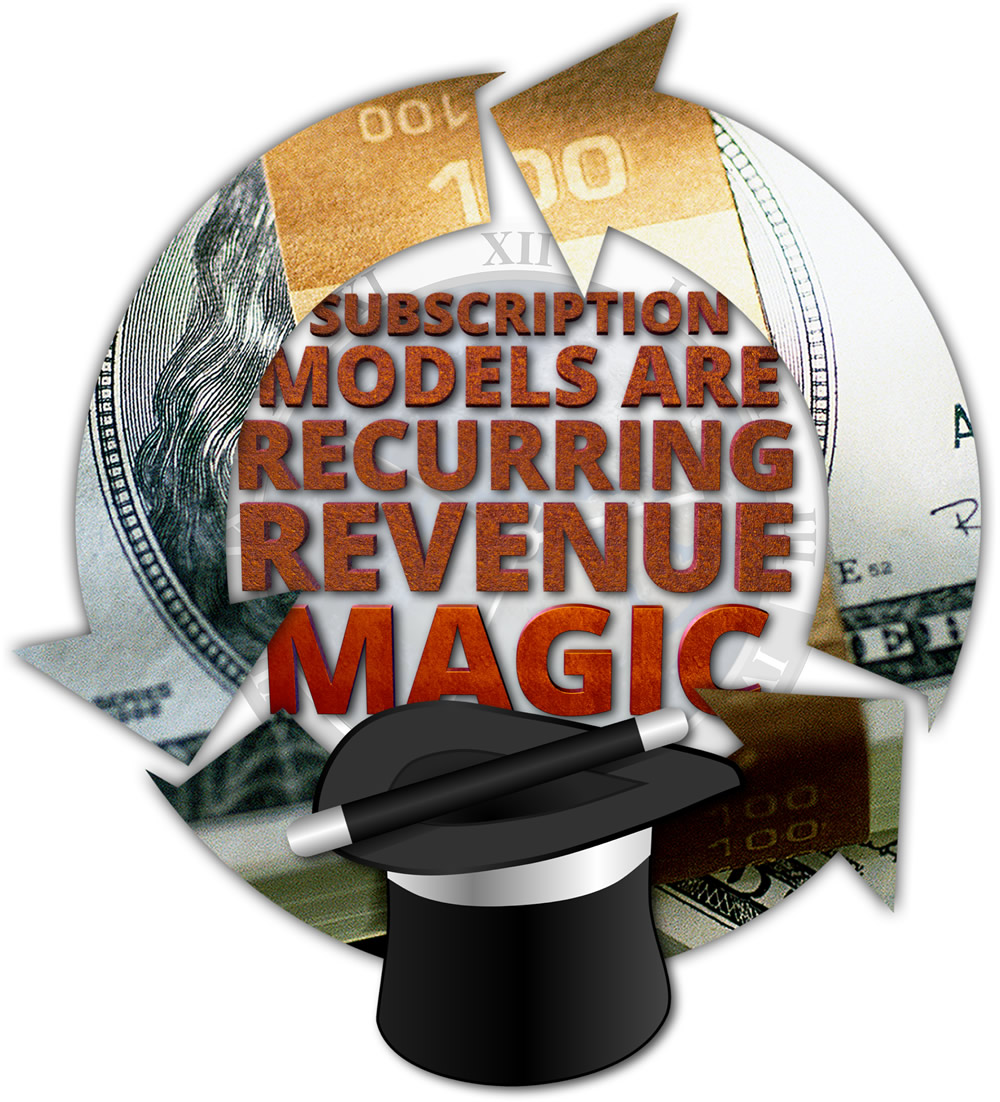The Optimal Product Management Model. Get it All Right with Quality Market Research
- This is page 2 of a 3-part article. If you landed here first, you might want to start on page one.

THE OPTIMAL PRODUCT MANAGEMENT MODEL
The optimal product management model is a mix of internal expertise and external objectivity. The:
- internal talent understands the nitty-gritty aspects of the product and what your company CAN do.
- external talent's lack of bias and exposures to corporate spin & politics can yield great clarity in terms of recognizing product weaknesses & opportunities.
More simply...
Insiders can assess the range of possibilities. Outsiders can freely imagine new ones. You need BOTH to maximize new product or service opportunity.
Used together, this dynamic tandem can help you keep your products on the cutting edge, wooing new customers to buy and old customers to buy again. BI can be your external experts, charged with helping you and/or your product managers do this crucial function to the fullest. Our exposure to countless business models & types means we have access to an intellectual library of well-proven solutions to share with you. We love to help companies roar to new record revenue.
BI can deliver a very-polished, highly-refined model for product management that has proven to be the most effective way to produce and maintain the hit products customers will want to buy, while minimizing the risk of expensive product failures. We call the model collective brilliance because it taps into 3 dimensions of stakeholder intelligence to yield best-in-class observations and recommendations:
3 dimensions of stakeholder intelligence to yield best-in-class observations and recommendations:
- Customer analysis: actually involving customers and target prospects in the design and development of new products and the evolution of existing ones.
- Competitive analysis: thorough and ongoing analysis of competitor products so that you can lift the brilliance of their product development breakthroughs and incorporate them into your products.
- Company innovations: unique concepts influenced by customer and competitive observations that add a layer of innovations on top of what is realized from the first two.
More simply, this is know thy customer, know thy competitors and know thyself. If you think there is ANY softness is ANY of that kind of foundational intelligence in your business, call us. We will sharpen this sword.
A typical product development model is one in which products are mostly developed by an internal team fueled by little-to-no supporting customer or competitive research. These companies build a product the way they like it and then hope to find a market that will want what they chose to develop. Instead of doing something natural- identifying a market need and then building a product that fulfills that need- this approach tries to force something unnatural.
The backwards model creates an additional- sometimes steep- challenge to success. Not only do you have to market and sell the product but you also have to sell prospects on liking it the way it was created- as is... a square peg, round hole scenario. Sometimes companies luck out and get it somewhat-to-mostly right working this way. But this kind of product is almost always at least a little off target. How far off drives whether it will be a marginal producer or an expensive product flop. And it also means...
There's more revenue available... probably MUCH more!
The collective brilliance approach transfers a fair chunk of the creative process to buyers (customers), which dramatically increases the chances that the resulting product will be something they want to buy. If the market is playing a collaborative role in shaping the product, the end result is likely to be much closer to bulls eye. This minimizes opportunity loss and maximizes sales.
chances that the resulting product will be something they want to buy. If the market is playing a collaborative role in shaping the product, the end result is likely to be much closer to bulls eye. This minimizes opportunity loss and maximizes sales.
Similarly, by absorbing "best of" features & benefits from competitor products, collective brilliance recommendations minimize customer reasons to buy elsewhere. Why? Because you offer what they offer AND extra benefits they DON'T offer. If your product is evolved to meet customer wants head on, stand out from the crowd with a few unique innovations AND incorporate any perceived advantages of the competition, prospects will buy from you. Nail all 3 areas and you should be able to take lots of market share... if not dominate the space.
Collective brilliance involves utilizing a discipline of classic market research with customers. Typically, this is a blend of surveying, focus groups, telephone interviews, etc, plus various new communication channels through which customers can voice their opinions, contribute to concepts in development, etc. BI is EXPERT at helping companies facilitate channels through which customer intelligence can be harvested to help build products or services customers will want to buy.
We just covered bare minimums about tapping into the collective brainpower of customers & prospects to help evolve an existing product or develop a brand new one. The next page will overview the competitive analysis layer and share how we can help you with both. Click Next to finish this article...


